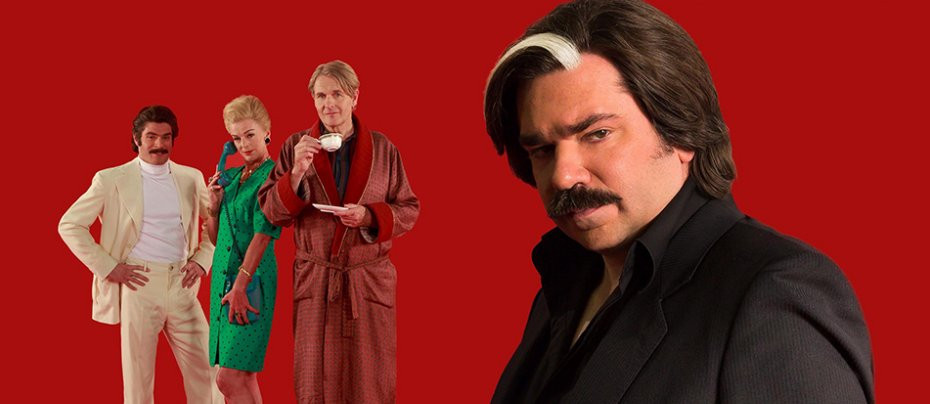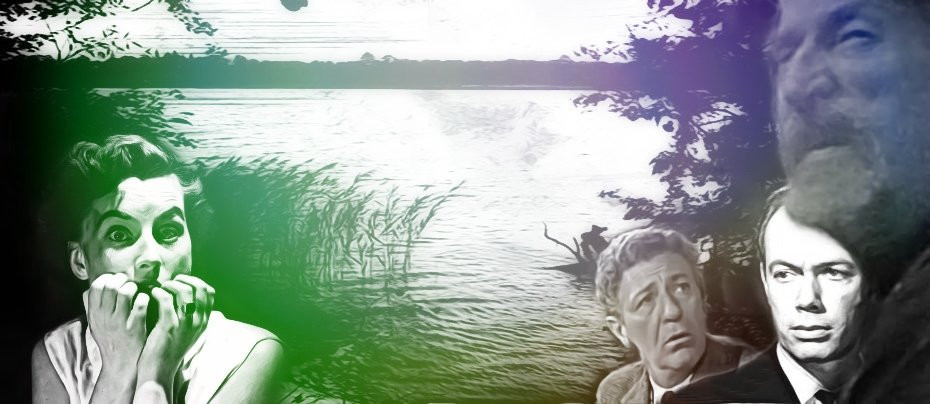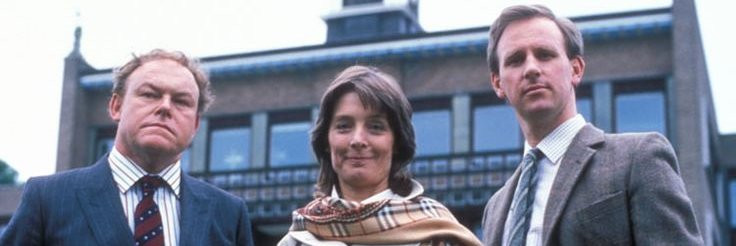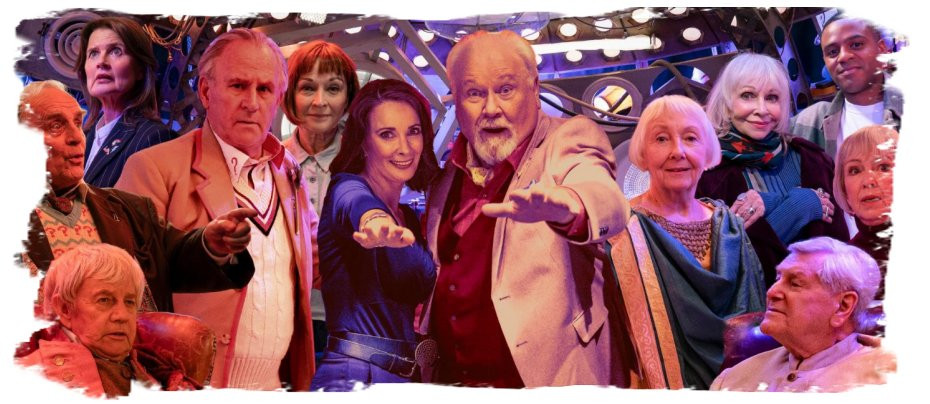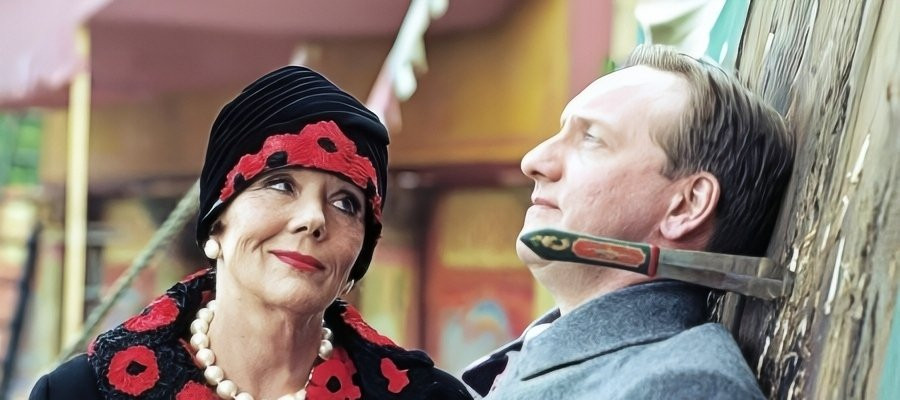The Keeper of the Castle
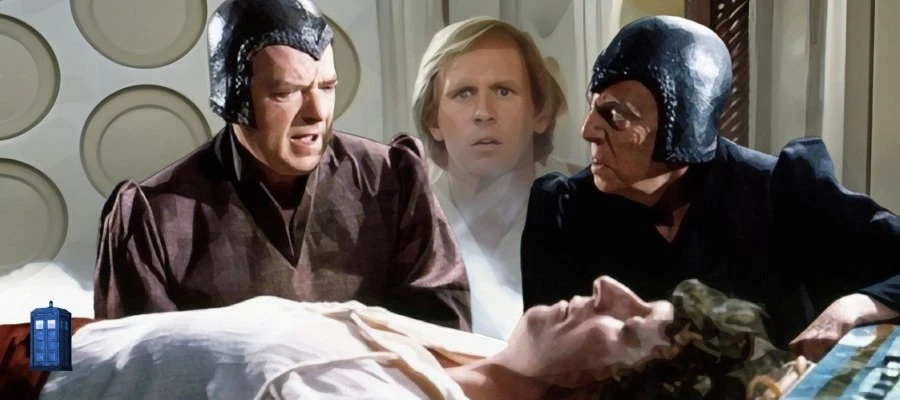
in Doctor Who's 'The Deadly Assassin' and 'Castrovalva'
I have previously written about the connections between Doctor Who’s 'Warriors' Gate' (1981) and 'Castrovalva' (1982), between 'The Keeper of Traken' (1981), 'Logopolis' (1981) and 'Castrovalva' and between 'Full Circle' (1980), 'Castrovalva' and Frontios' (1984). However, there is also a hitherto unexplored comparison to be made between Robert Holmes' serial 'The Deadly Assassin' (1976) and Christopher H. Bidmead's 'Castrovalva'. While there are numerous castles in Doctor Who (for example, in 1972’s ‘The Curse of Peladon’), these two serials concern the idea of (door)keepers to their castles, whether or not Bidmead consciously drew on this notion from Holmes.
Previous work on 'Deadly Assassin' has placed it in relation to the other gothic serials of the Philip Hincliffe/Robert Holmes era (see Barnes 1999). Alan Barnes has also noted that the name Chancellor Goth is self-referential to the gothic (1999: 12). But other naming is key and the ‘Castrovalva’ serial can be read alongside this one.
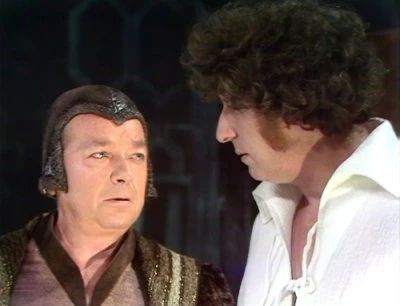
In 'The Deadly Assassin' Castellan Spandrell is an important figure who maintains the law on Gallifrey. As Martin Wiggins and Niall Boyce note in the Bluray Production Notes, 'a castellan is the keeper of a castle and this castellan is named after part of an architectural arch'. The late Middle English word comes from the Old Northern French castelain, from the medieval Latin castellanus and the Latin castellum (see Wikipedia). As Barnes noted, ‘Gothic’s foremost icon is the old dark house’ (1999: 11) which includes the castle.
There is a battle between the Doctor and Goth in the Matrix. The Master uses Goth as a tool and states both that the Doctor was a fool to enter his domain and that the Master is the creator here, that this is his world. The Castellan, meanwhile, looks over the body of the Doctor, whose mind is in the Matrix and subject to surreal moments and dangers (for example, the reflection of a clown cackling). The Castellan, albeit a different one, appears in ‘The Invasion of Time’ (1978) before ‘Castrovalva’ but in both ‘The Deadly Assassin’ and ‘Castrovalva’, the Doctor is pitted against the Master making this comparison relevant.
Rather than the positive figure of the Castellan acting as keeper of the castle, however, in 'Castrovalva', the Portreeve/Master is the magistrate of the town and the door-keeper to the Castrovalvan world. The title Portreeve is significant. The word Portreeve literally translates as 'door-keeper', and can be seen as composed of the words 'porte' (door) and 'reeve' despite the fact that the word actually comes down to us from Old English. Originally, in Norman England, the title referred to the chief magistrate of port towns.

The title of the castle, Castrovalva, is important in establishing the border that leads into the locale overseen by the Portreeve. As in ‘The Deadly Assassin’ Bidmead’s serial displays an interest in architecture. On the one hand, the title is borrowed from an M.C. Escher print (1930), based on a place the Dutch artist had visited in the Italian Abruzzi region. On the other hand, the word translates into 'castle with a folding door'. The word castro derives from the Latin castrum, meaning 'fort'. This was a common affix for Italian and Spanish place names since villages were often built around pre-existing castles. In Latin, a valva quite literally meant a 'hinged door'. This is an idea still evident today where a valva is that which has the function of a valve, a threshold device which opens and closes. The idea of the door is important to the narrative which deals with characters discovering that it is exceedingly difficult to exit the world. But the setting of Castrovalva also at first establishes that there is a firm entry point, a door in the cliff-face, into a fixed setting, that is difficult to pass through.
At first, this generic setting with a firm entry point conjures up a feeling of fantasy. David J. Howe and Stephen James Walker have observed the narrative's 'slightly 'fairy tale' quality (1998: 407). Castrovalva's presentation is important visually. The outside appearance of Castrovalva does not resemble the dark, decayed gothic castle. Rather, unlike in Escher's print Castrovalva, it is an inviting creamy colour with coloured flags raised.
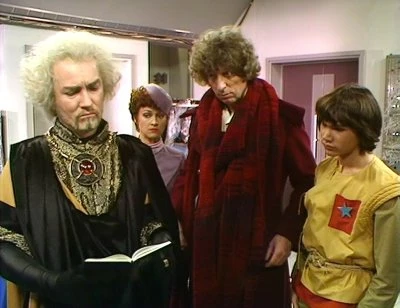
The true valva, however, is not the opening in the cliff-face leading into a castle but is rather the tapestry which hangs in the Portreeve's dwelling and which is a gateway between the fantasy facade and its true construction out of hard science since the web holding the town in place lies behind the fabric. The town is revealed to have been constructed out of 'Block Transfer Computation' which is a term used in the previous serial 'Logopolis' to denote the creation of solid objects through mathematics. The Logopolitan Monitor declared that 'structure is the essence of matter' and that 'the essence of structure is mathematics'. This, writes Gary Gillatt, is 'a reductionist theory that all science can be reduced to the study of sub-atomic interactions and - if these processes are expressed as equations - pure mathematics' (1988: 111). This is the area of quantum mechanics. Quantum mechanics deals with the behaviour of matter at the subatomic level. Electrons, parts of atoms, are constantly moving their position and can be described by three dimensional equations. The true Keeper, therefore, is the keeper of the web: the Master.
As noted, in ‘The Deadly Assassin’, the Castellan, the keeper of the castle is associated with an architectural arch (through the name Spandrell). In ‘Castrovalva’, meanwhile, the Portreeve/Master presides over a world, the interior architecture of which is indebted to Escher. The Castrovalvan world, like Escher’s prints (for example, ‘Ascending and Descending’), is an example of recursion created out of the hard science discussed above. So, there is this comparison between the two serials, where they both concern architecture presided over by keepers of the castles, too.
Both 'The Deadly Assassin' and 'Castrovalva', then, are connected through their use of meanings of words. In 'Deadly Assassin' this is through the word Castellan and in Bidmead's serial by the titles Castrovalva and Portreeve. Both serials also venture into the realm of metafiction – in ‘Deadly Assassin’ this is, as noted earlier, through the self referentiality of Goth’s name while in ‘Castrovalva’ the tapestry which stands on the threshold between the fantasy locale and the web created by hard science is a symbol of textuality. In ‘Deadly Assassin’ the Castellan is the keeper of the gothic castle while in ‘Castrovalva’ the Portreeve/Master stands on the threshold of the tapestry/web.
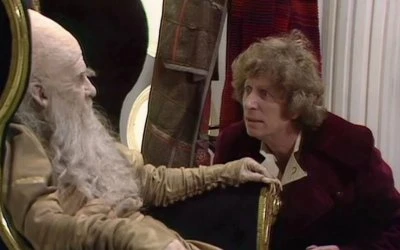
There are therefore intriguing connections between 'The Deadly Assassin' and 'Castrovalva' whether intended or not. These serials differ from 'The Keeper of Traken' since that figure is not explicitly the Keeper of a castle, neither is he explicitly a door keeper although he opens the border of Traken to the Doctor. This is so even though the Master usurps the Keepership for a limited time before the Doctor thwarts his plans. Furthermore, the figure of the Castellan appears in 'Arc of Infinity' (1983) and 'The Five Doctors' (1983) after 'Castrovalva' where he oversees law but 'Castrovalva' is to be compared with the earlier instance of 'Deadly Assassin' where the Master executes plans. There is also the Keeper of the Matrix in 'The Trial of a Time Lord' Parts 13 and 14 (1986) who controls the doorway reminding one of 'Deadly Assassin' but the notion of the castle is not present in that case.
References and further reading:
‘Tales from the Crypt’ by Alan Barnes (DWM 282, 1999: 8-12), ‘The Fact of Fiction: The Deadly Assassin’ by Alan Barnes (DWM 332, 2003: 26-33), Doctor Who - From A to Z by Gary Gillatt (London: BBC Books, 1998), Doctor Who – The Handbook: The Fifth Doctor by David J. Howe and Stephen J. Walker (London: Virgin, 1995), Doctor Who The Television Companion by David J. Howe and Stephen J. Walker (London: Virgin, 1998), Doctor Who The Deadly Assassin Bluray Production Notes by Martin Wiggins and Niall Boyce.
Thanks to Tim Harris, Lewis Baston and Dr. Matthew Kilburn for their support.


